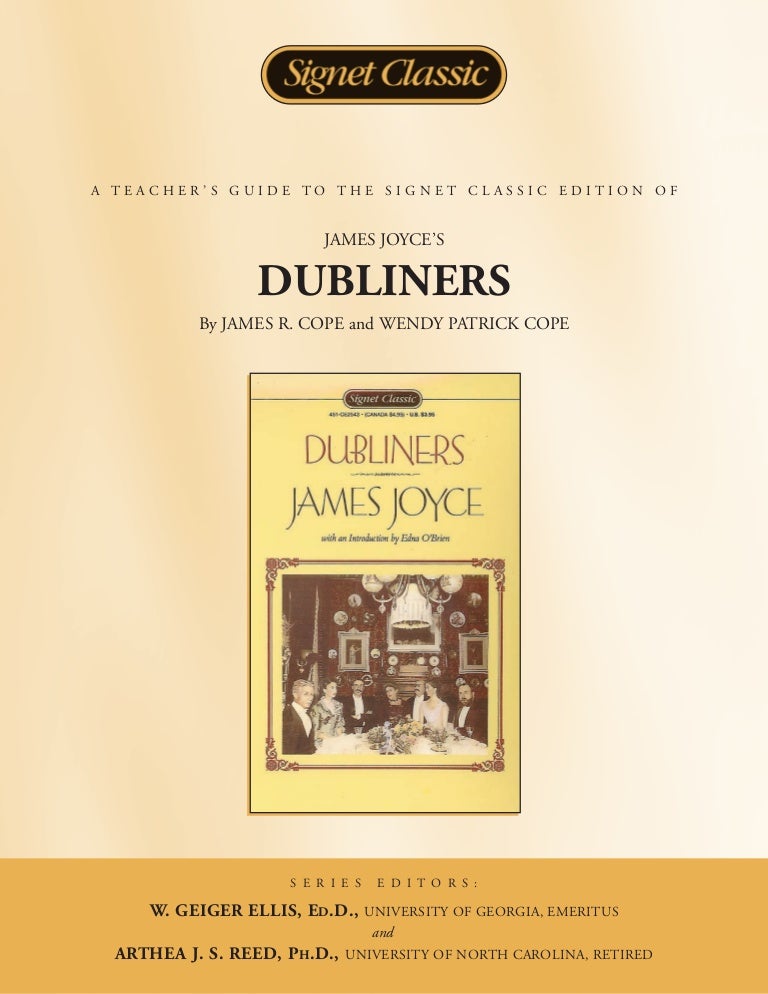
They were Charles Ségouin, the owner of the car André Rivière, a young electrician of Canadian birth a huge Hungarian named Villona and a neatly groomed young man named Doyle. In one of these trimly built cars was a party of four young men whose spirits seemed to be at present well above the level of successful Gallicism: in fact, these four young men were almost hilarious. Each blue car, therefore, received a double measure of welcome as it topped the crest of the hill and each cheer of welcome was acknowledged with smiles and nods by those in the car.

Their team had finished solidly they had been placed second and third and the driver of the winning German car was reported a Belgian. The French, moreover, were virtual victors. Their sympathy, however, was for the blue cars-the cars of their friends, the French. Now and again the clumps of people raised the cheer of the gratefully oppressed. At the crest of the hill at Inchicore sightseers had gathered in clumps to watch the cars careering homeward and through this channel of poverty and inaction the Continent sped its wealth and industry. The cars came scudding in towards Dublin, running evenly like pellets in the groove of the Naas Road. James Joyce Dubliners Short Story After the Race (with links to where you can read the story on yeyebook) Index “Dubliners” book by James Joyce Short stories collection by selecting the language in the top or side menu. You can read James Joyce’s story “After the Race” translated int o other languages: Italian, Spanish, French, German, Chinese, etc. The story “After the race” from “Dubliners” Book by James Joyce, can thus be seen as skeptical about the aspirations of Irish Nationalism to make an independent Ireland the equal of other countries.īelow you can read the original version in English by James Joyce’s short story “After the Race” from “Dubliners” Book.


The protagonist Jimmy Doyle seeks to enter this wider cosmopolitan society and carve an equal place for himself, but this ends in failure: he finds himself out of his depth, becomes drunk and unable to keep track of the card game, and ends up losing heavily to the Englishman, Routh, whom he earlier challenged. Motor cars at the early 1900s were generally considered a luxury item, in the short story “After the race” by James Joyce from the book “Dubliners”, serving as the symbol of the richer, wider world beyond the confines of backward Ireland. ” After the Race “ is a short story by James Joyce published in his 1914 collection Dubliners book. Full Text Story Original English Text Irish literature


 0 kommentar(er)
0 kommentar(er)
